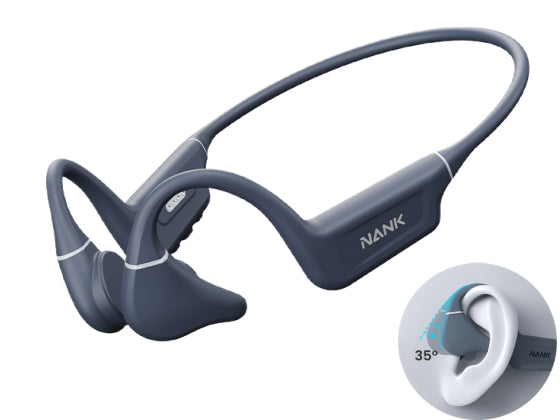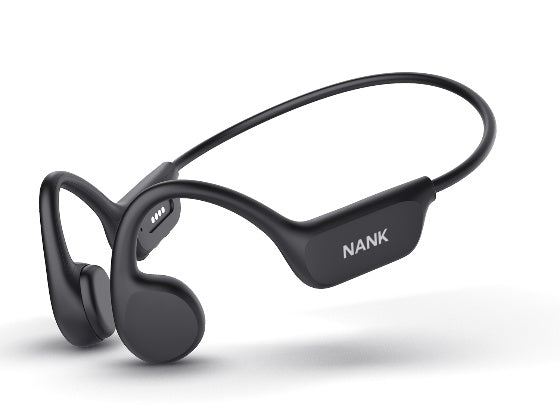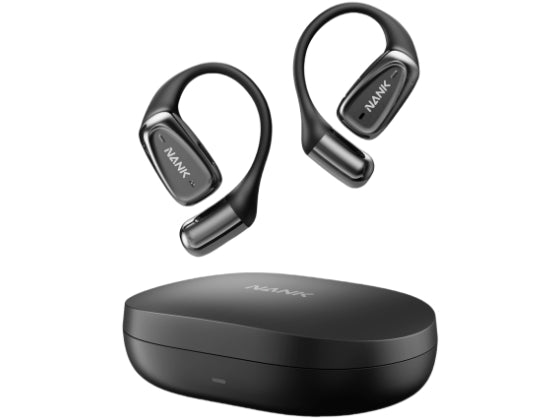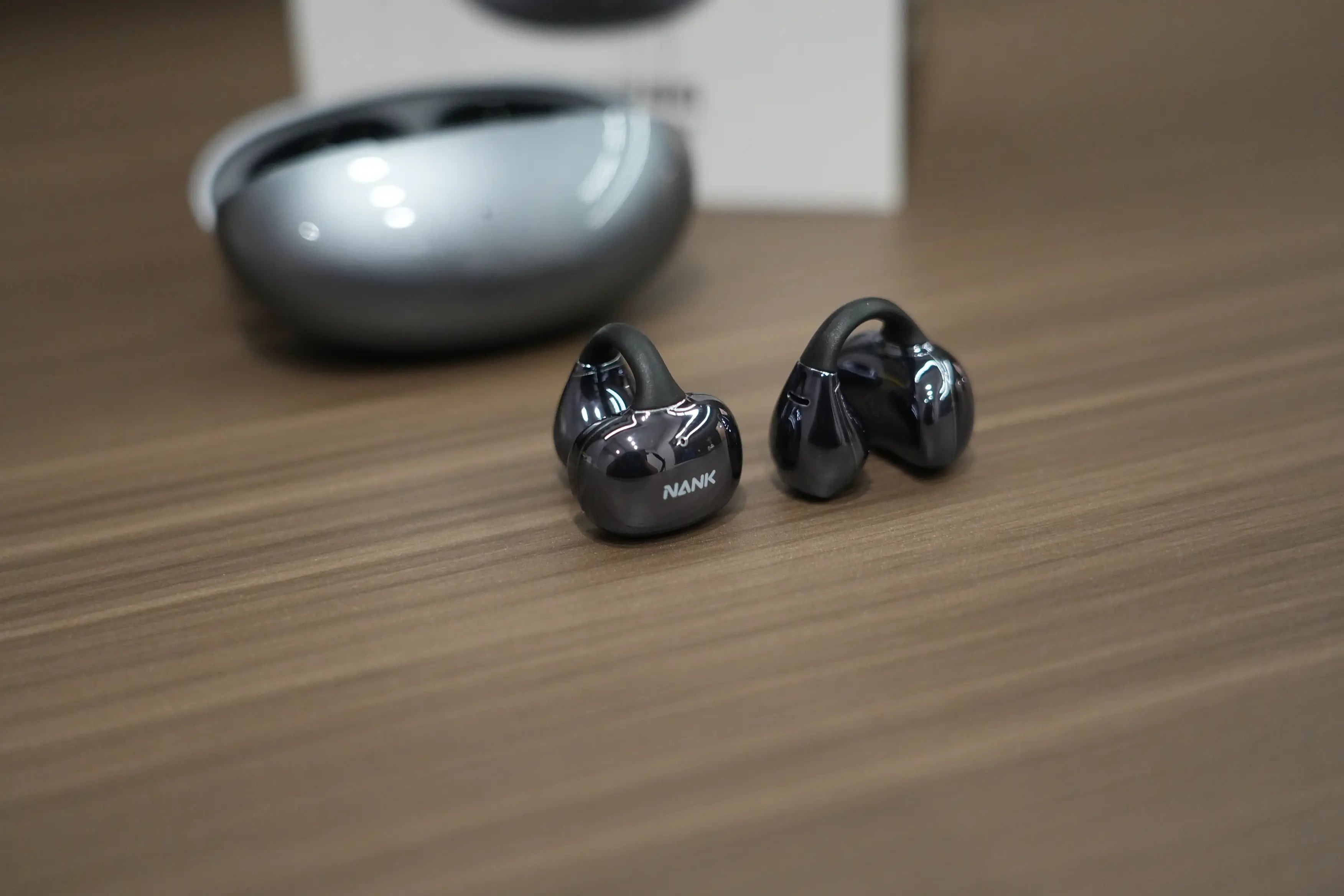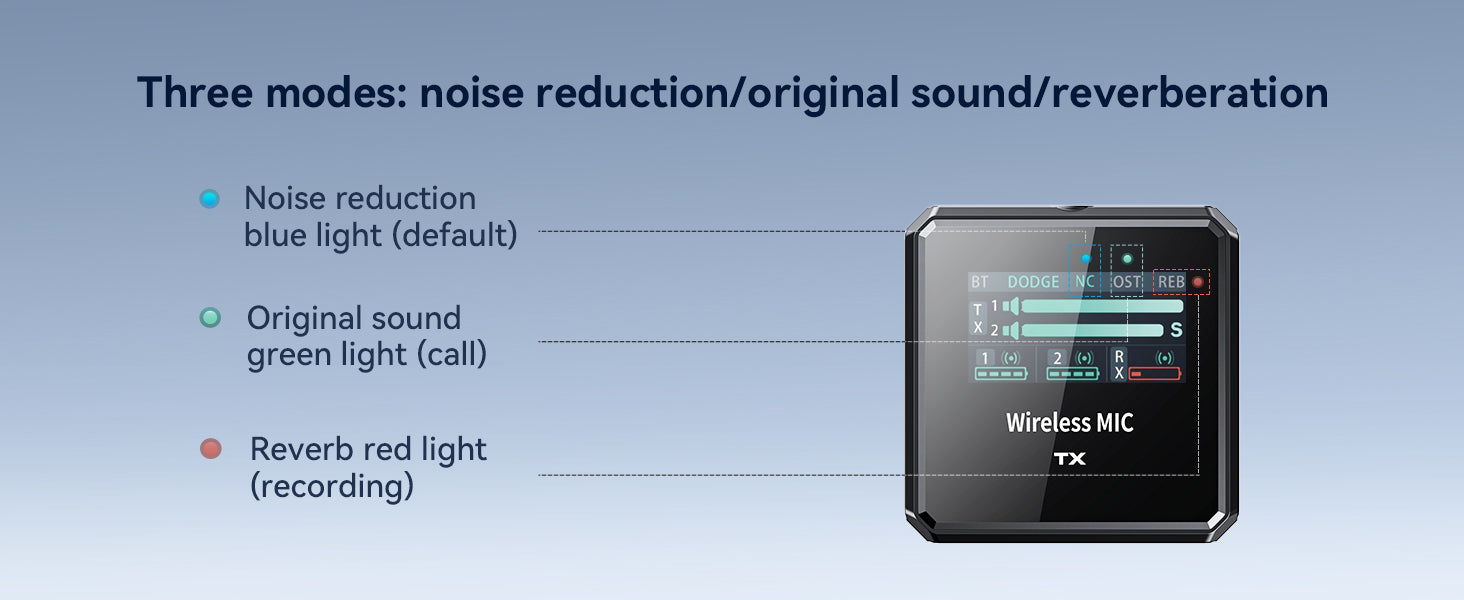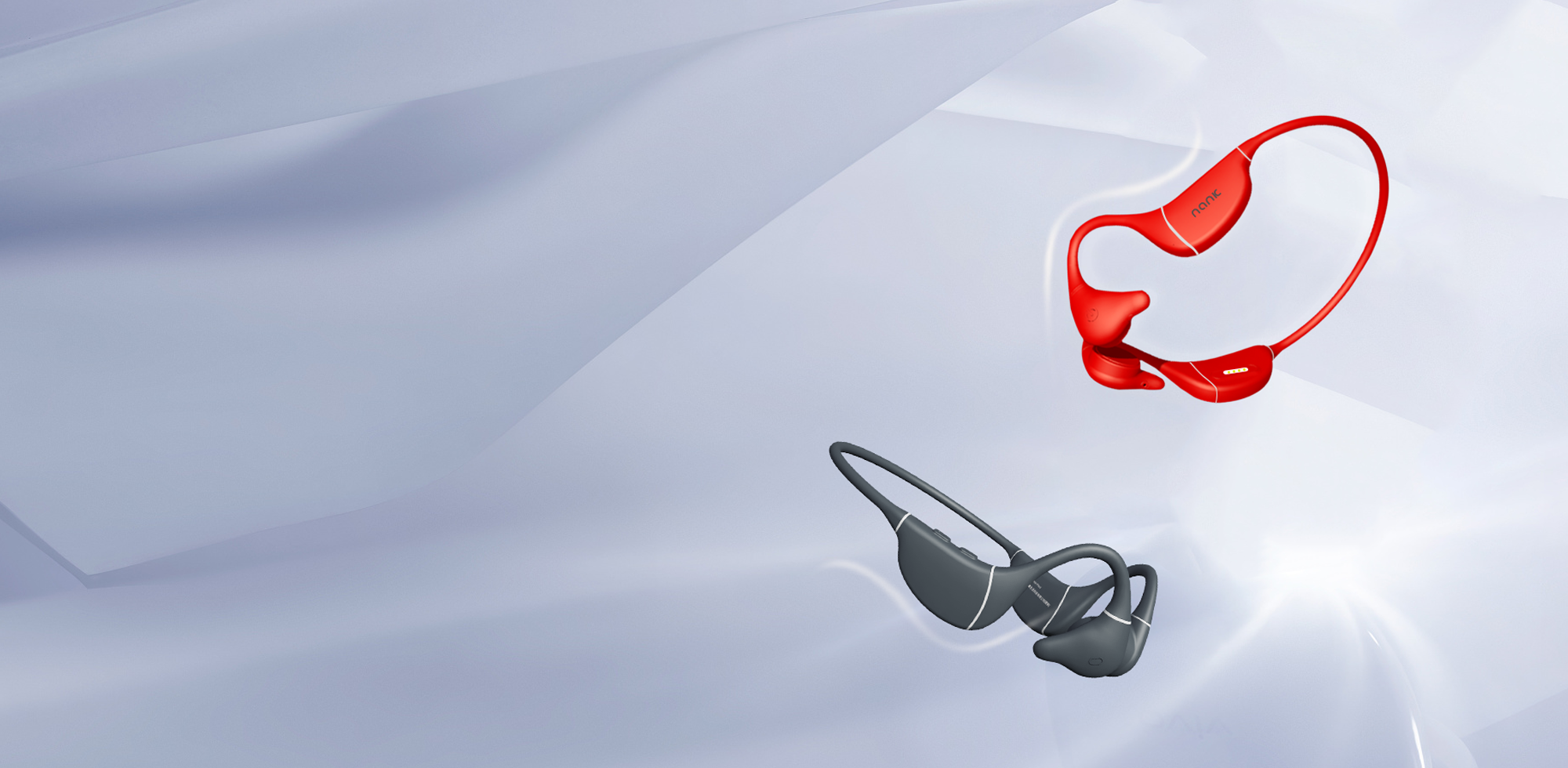If you’ve been looking to develop healthier habits, especially at the start of the new year, exercise is a great option. Exercise brings numerous amazing benefits, but perhaps the most important one is improving your functional capacity.
Functional fitness refers to training that prepares you for everyday activities, aiming to help you stay healthy, strong, flexible, and cardiovascularly fit for as long as possible, even as you become more susceptible to injuries and degenerative diseases with age.
A large part of achieving this goal is incorporating functional movements—movements that translate directly into the activities you do regularly, such as picking up a heavy box from the floor, getting in and out of a car, climbing stairs, or jumping over a puddle. Functional movements also translate into actions and activities you might not encounter often, but when you do, strength really comes into play—such as pulling yourself up over a fence or performing any kind of sport.
Here, I’ve listed the six most essential functional movements that everyone, including you, should master. If you want to take it further, you can also incorporate some workout apps to help enhance your training.
Related Article: Best Running Apps for 2024: Every Runner's Top Choice
1. Squat

The deep squat is the foundation of any exercise routine, especially for beginners. It is one of the most effective exercises for building lower body strength. When performed correctly, deep squats work your quads, hamstrings, gluteus maximus, lower back and abs. The correct position for a deep squat is to have your feet shoulder-width apart and lower your body as if you were sitting in a chair. Make sure your knees don't go over your toes and keep your chest lifted. Once your thighs are parallel to the floor, power up your heels and return to the starting position.
2. Push-ups

Push-ups are an excellent way to build upper body strength, especially for the chest, shoulders and triceps. The beauty of push-ups is that they don't require any equipment and can be performed anywhere. The proper way to do this is to start with a plank, with your hands slightly wider than shoulder width apart. Bend your elbows and lower your body to the ground, keeping your body in a straight line. Push back until your arms are fully extended. If you can't do standard push-ups (you can only use your toes and hands to support the ground), you can start by doing a modified version of the double knee push-up. It's best to practice the easy version first until your muscles are strong enough to support your spine and maintain good posture.
3. Planks

Planks are one of the most effective core exercises, working almost every muscle in the body. A strong core is essential for stability, balance and injury prevention. Start by lying face down, properly supported by your toes and forearms, and lift your body off the ground. Keeping your body in a straight line from head to toe, tighten your core muscles to prevent your hips from sagging. Hold the plank for as long as possible, you may not be able to hold it for long at first, but you can gradually increase the duration over time. Distract yourself by listening to music, Nank has bone conduction headphones for sports to help you exercise.
Related Article: How Music Boosts Your Workout Performance
4. Deadlifts

Of all the functional movements, the hard pull is the most practical. Think about it: how many times do you bend over to pick something up? Probably more than you realise. Every time you squat down to pick something up you're doing a hard pull.
But many people lift items from the ground the wrong way, pulling only with their back muscles and not using their legs and core muscles. The correct way to do this is to stand with your feet shoulder-width apart and hold a barbell or dumbbell in both hands on the outside of your knees. Lower the dumbbells to the floor by lifting your chest and back and bending at the hips. Lift the dumbbells with a heel strike, squeezing your glutes at the top.
5. Pull-ups

Pull-ups look easy, but they are actually difficult to do. It works primarily on the upper back, shoulders and arms and helps build pulling power and improve posture. The correct way to do this is to grab the pull-up bar with your palms facing outwards and your hands shoulder-width apart. Hang from the bar with your arms fully extended, then pull your body upwards until your chin is above the bar. Lower back down when you have control. This technique can be practised slowly.
6. Lunges

Lunges can help you build strength for any activity that requires strength in one leg, or generally when you find yourself needing to take a big step, such as getting up on a platform or stepping onto a boulder on a hike. Lunges also help with balance and stability, as working one side of your body at a time forces you to activate stabilising muscles to keep your spine aligned. The correct way to do this is with your feet shoulder-width apart and your hands hanging naturally. Then take a big step, bending your front leg at the knee about 90 degrees, making sure your knee doesn't go over your toes, and your back leg's knee is close to the ground but not touching it. Keep your upper body straight and your core tight, avoiding leaning forward or back.
Remember, persistence is key. Start with the basics, focus on the workout style, and gradually increase the intensity as you progress. Over time, you'll see the benefits - not just in strength, but in overall health and fitness.
Follow the Nank Blog to learn more about exercise.

